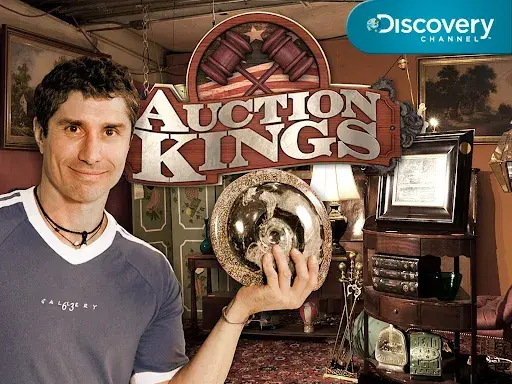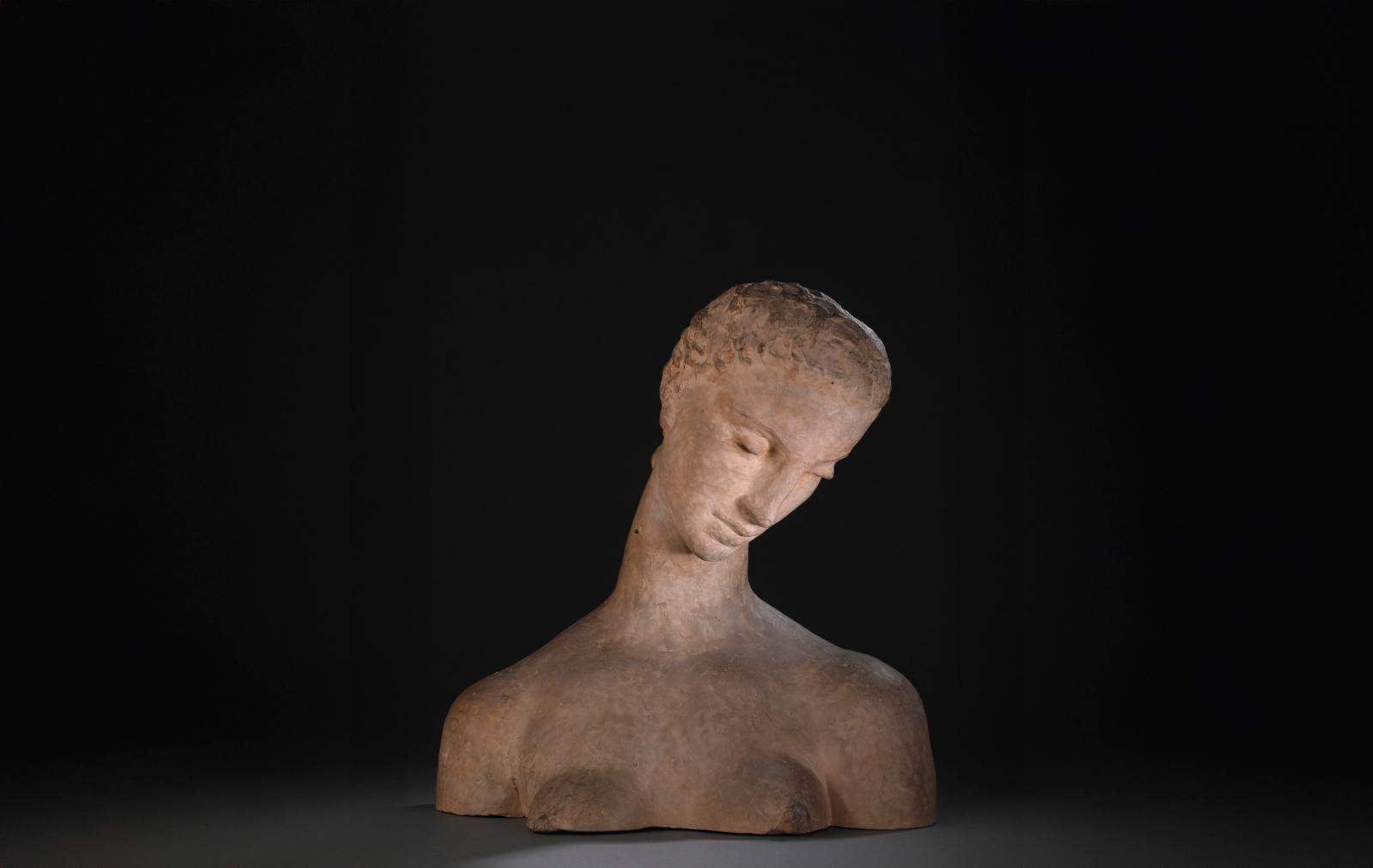2025 Art History Festival at the Château de Fontainebleau: Spotlight on the Genuine and the Fake
Published on

The concept of authenticity will be the focus of debates, talks and round tables staged by the INHA. A genuinely appealing program! William Michael Harnett (1848-1892), Still Life—Violin and Music, 1888, oil on canvas, 40 x 30 cm/15.7 x 11.8 in.© Catharine Lorillard Wolfe Collection, Wolfe Fund, 1963 Stories of forgeries and forgers fascinate people far beyond the circle of those in the know. The latest case brought to light the hoax of the fake Marie-Antoinette chairs bought by the Château de Versailles, with the verdict due on June 11. For professionals who are duped, the stakes are very different. It calls into










